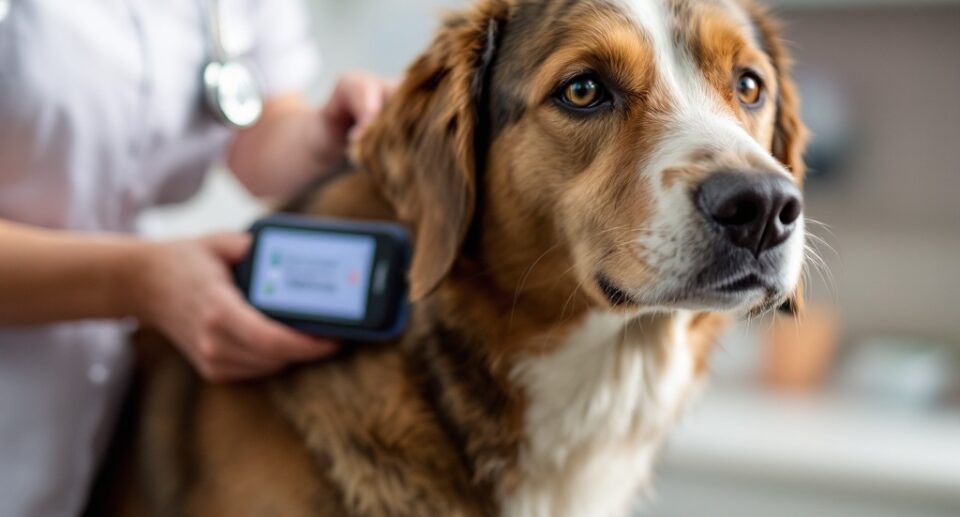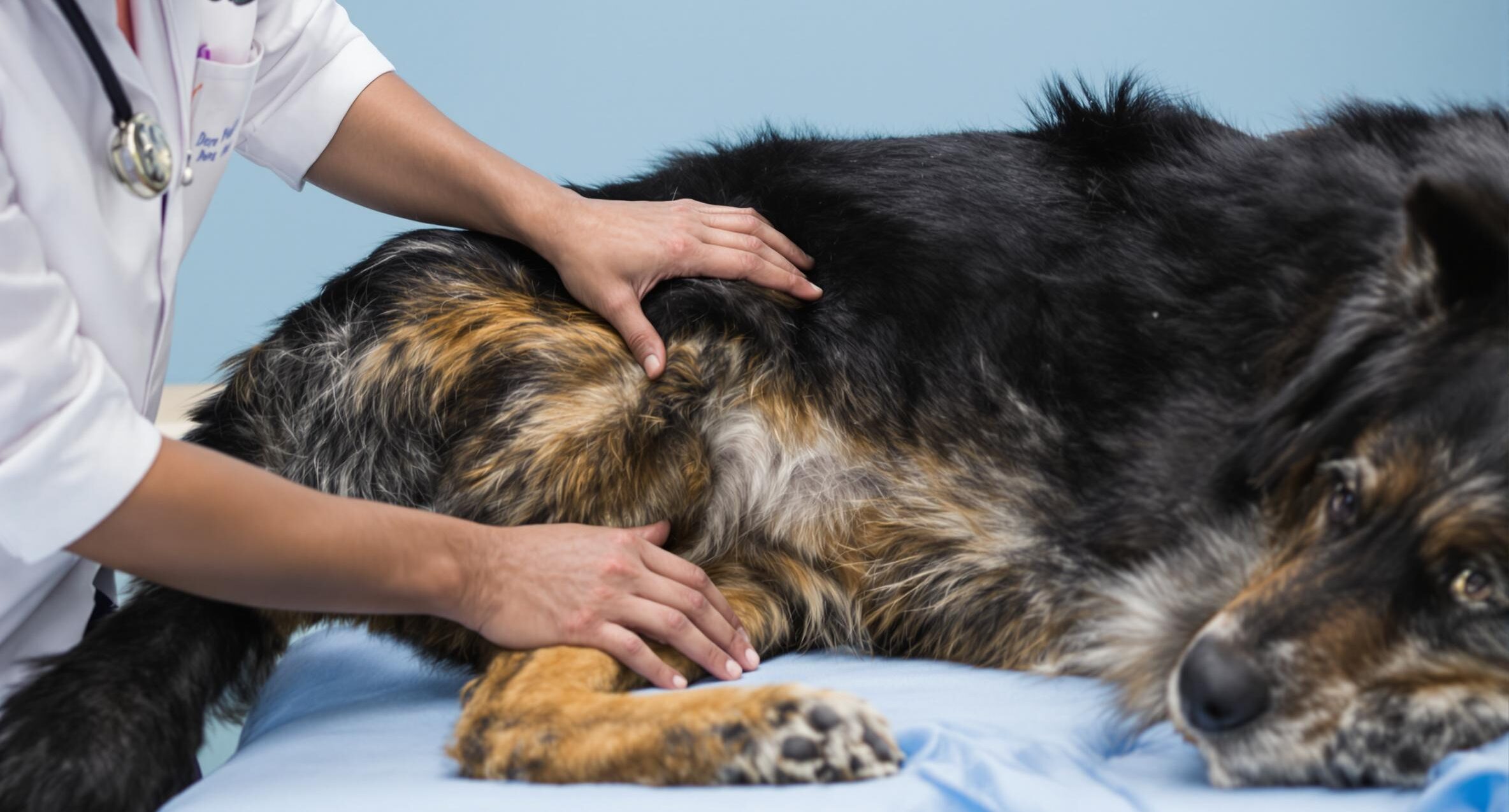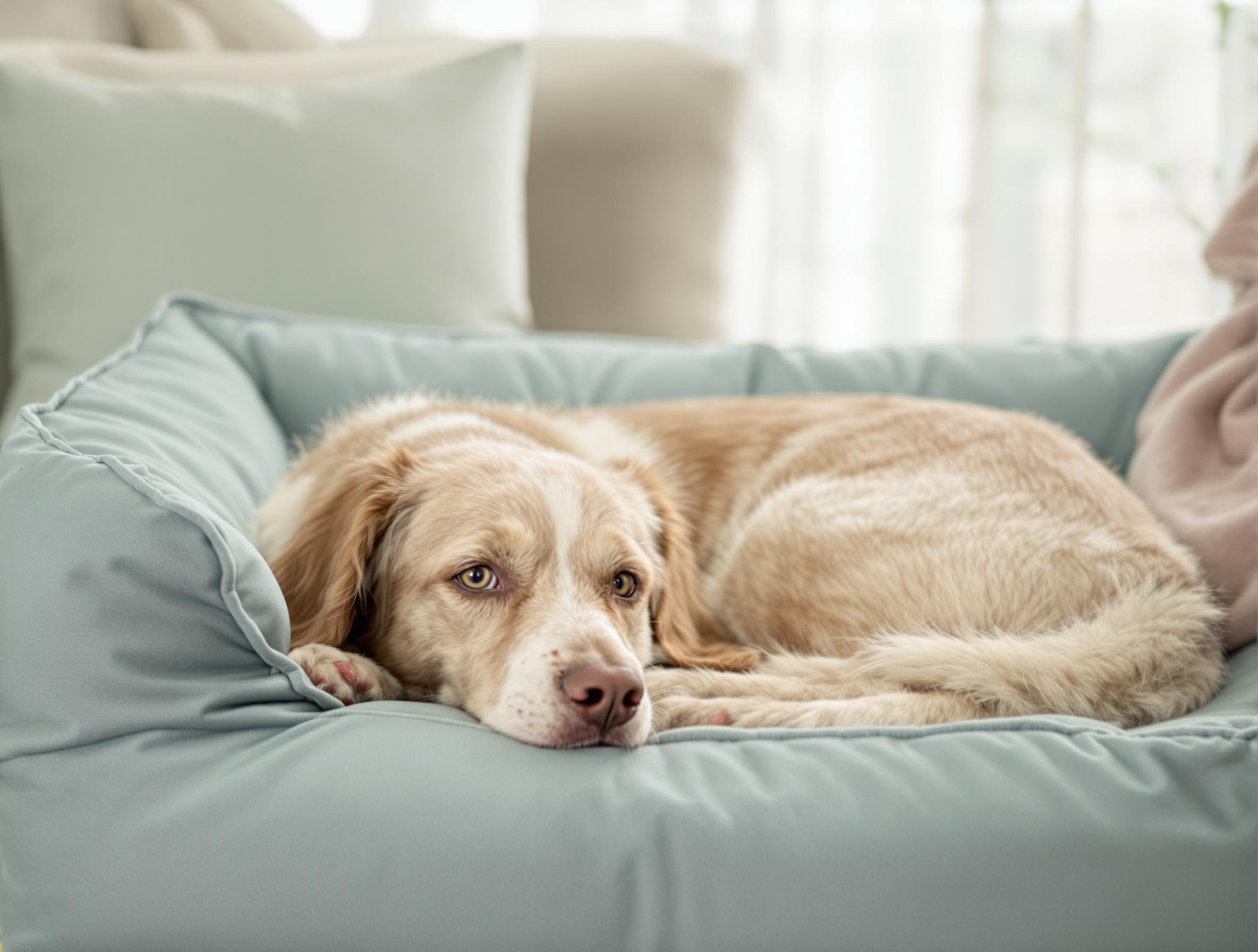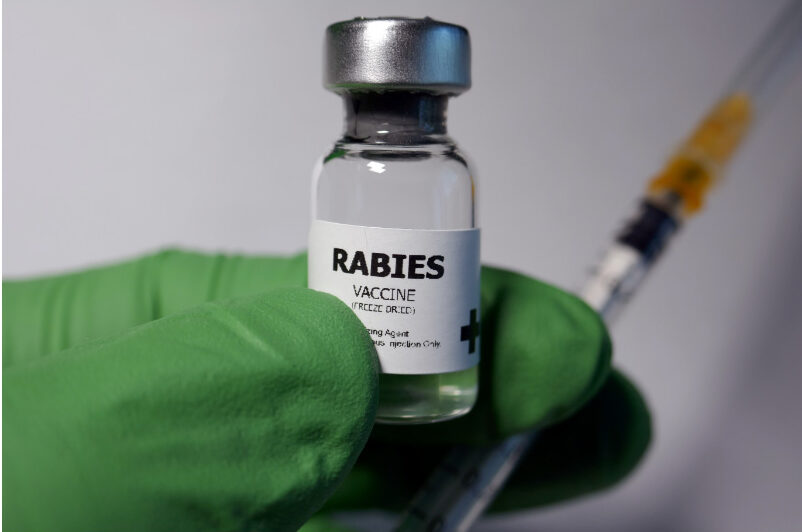Why Is My Dog Still Scratching After Flea Treatment?
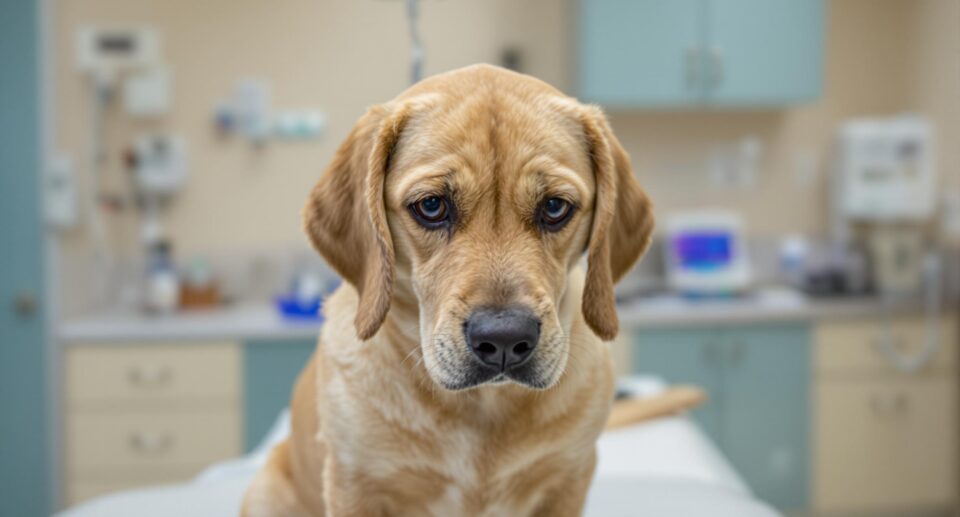
Key takeaways:
- While flea treatments work quickly, persistent scratching could indicate allergies or skin sensitivities requiring veterinary attention.
- Home remedies like oatmeal baths and itch relief wipes can provide temporary comfort but should be complemented with professional guidance.
- Consistent grooming and checking for dietary or environmental triggers can help manage post-treatment itching effectively.
Your dog won’t stop scratching, even though you’ve already treated them for fleas. It’s frustrating, right? You expected relief, but instead, your furry friend is still itching non-stop. Whether it’s been hours, days, or even weeks since applying flea treatment, it’s natural to wonder what’s going on. The good news is that there are reasons behind this and solutions that can help.
Even after flea treatment, some dogs continue scratching due to lingering skin irritation, allergies, or even reactions to the treatment itself. Understanding these factors can help you get to the bottom of the issue. For additional guidance, check out PetHealthMD, a trusted resource for pet owners looking for reliable information on flea-related skin issues and overall pet health. But most importantly, if your dog’s itching persists or worsens, consult your veterinarian. They can help identify the cause and offer the best solutions to relieve your pet’s discomfort.
Understanding flea treatment effectiveness
If you’ve just applied flea treatment, you might be wondering, “Why is my dog still scratching?” The truth is that flea medications work quickly—but not instantly. Many pet owners expect immediate results, but patience is key.
- How long does it take? Oral flea treatments like Trifexis start working in 30 minutes, while topical treatments such as K9 Advantix II begin killing fleas within two hours. However, full relief can take longer because your dog’s skin needs time to heal from flea bites.
- Why is my dog still itchy? Flea bites can cause irritation that lingers for days or even weeks, especially in dogs with sensitive skin or flea allergies. Additionally, if your dog is allergic to fleas, even one bite can trigger a prolonged itching cycle.
- What if I still see fleas? It’s normal to see a few fleas after treatment. These are newly hatched fleas that haven’t been affected by the medication yet, but they will be soon. If you see fleas more than a week after treatment, consider treating your home and yard as well.
To effectively eliminate fleas, you need to stick to a regular prevention routine. It takes time to fully get rid of fleas, as their eggs and larvae can remain in the environment for months before maturing. Use flea combs, vacuum regularly, and wash your dog’s bedding frequently to help eliminate fleas.
Beyond fleas: investigating persistent itching
If your dog is still scratching long after the fleas are gone, something else might be causing the irritation. Here are a few common culprits:
- Flea allergy dermatitis (FAD): Some dogs are allergic to flea saliva, meaning that even a single flea bite can cause severe itching for weeks. This condition requires more than just flea prevention; your vet may recommend antihistamines or special shampoos to ease discomfort.
- Skin infections: Scratching can break the skin, leading to bacterial or yeast infections that require veterinary treatment. If you notice redness, sores, or a foul odor, consult your vet immediately.
- Environmental allergies: Just like humans, dogs can be allergic to pollen, dust, or even household cleaners. If your dog is scratching seasonally, allergies could be the cause.
- Food sensitivities: Certain ingredients—like chicken, beef, or wheat—can cause itching. A food elimination diet, guided by your vet, can help pinpoint the problem.
- Switching to a limited-ingredient or hypoallergenic diet may offer relief.
If your dog’s itching leads to hair loss, open sores, or visible discomfort, reach out to your vet promptly to rule out infections, allergies, or other underlying conditions. They can run tests to determine whether allergies, infections, or other issues are at play. Taking action now can prevent long-term skin problems.
Home remedies and short-term relief for itchy dogs
While you’re working with your vet to determine the root cause, you can try these safe home remedies to help soothe your pup’s itchy skin:
Topical relief options
- Itch relief wipes: Great for quick relief, especially on paws, ears, and bellies. Use wipes with aloe vera or chamomile for added soothing benefits.
- Cooling sprays: Provides instant relief for large, itchy areas. Look for pet-safe sprays containing hydrocortisone to reduce swelling.
- Oatmeal baths: A 5–10-minute soak in a lukewarm oatmeal bath can calm irritated skin. Colloidal oatmeal works best as it binds to the skin and provides long-lasting relief.
- Cold compresses: Place a damp cloth in the fridge and apply it to itchy areas for 5–10 minutes. This can be especially helpful for hot spots.
Environmental solutions
- Keep your home clean: Wash your dog’s bedding weekly, vacuum regularly, and minimize dust and allergens. Consider using a pet-safe detergent to avoid irritation.
- Use an air purifier: Reducing airborne allergens can make a big difference for sensitive dogs. HEPA filters are especially effective in trapping pet dander and allergens.
Important Note: If your dog has open sores or excessive redness, skip the home remedies and consult your vet right away to prevent infections. Some over-the-counter products can make skin issues worse if used incorrectly.
Knowing when it’s time for a vet visit
Some post-flea-treatment itching is normal, but if your dog is still scratching excessively after a few weeks, it’s time to see the vet. Here are signs that require medical attention:
- Scratching that disrupts daily life or sleep
- Red, swollen, or inflamed skin
- Patches of missing fur
- Open wounds or bleeding from scratching
- Any signs of pain or discomfort when touched
Your vet may recommend skin-soothing shampoos, prescription allergy medications, or dietary changes to help get your dog’s itching under control. Tracking when and how often your dog scratches can provide useful information for your vet, helping them pinpoint possible triggers and recommend appropriate solutions. Photos of any skin changes can also assist in diagnosis.
Addressing common concerns and questions
How much scratching is normal for my dog?
Occasional scratching is normal, but if your dog spends more than 10 minutes a day scratching—or wakes up in the middle of the night to scratch—that’s a sign something is wrong.
Why is my dog still scratching weeks after flea treatment?
Your dog may have a flea allergy, environmental allergies, or an underlying skin condition. Your vet can help you determine the exact cause and recommend treatments tailored to your dog’s needs.
Is it safe to give another dose of flea treatment?
No—always wait the recommended time between treatments. If your dog is still uncomfortable, talk to your vet about other ways to relieve itching, such as medicated shampoos or antihistamines. Overdosing on flea treatments can lead to serious health risks.
Could my dog’s food be making the itching worse?
Yes! Food allergies often cause itching. Common triggers include chicken, beef, and grains. A vet-supervised food trial can help identify if your dog has food sensitivity. Switching to a high-quality, balanced diet with omega-3s can improve skin health.
What natural remedies can help soothe my dog’s itchy skin?
Coconut oil massages, chamomile tea compresses, and regular brushing can help. However, these should be paired with a vet-approved flea prevention plan to ensure long-term relief.
Helping your dog stay comfortable and itch-free

Keeping your dog’s skin healthy requires daily care and attention. A simple routine, such as brushing them for 5-10 minutes each day, can remove loose fur and help you spot potential skin issues early. Proper hydration and a diet rich in skin-supporting nutrients, like omega-3 fatty acids and vitamin E, can also make a difference in your dog’s overall comfort. Regular bathing every 4-6 weeks with a gentle, veterinarian-approved shampoo can help maintain skin balance and prevent irritation. Additionally, scheduling routine vet check-ups ensures any underlying skin conditions or allergies are addressed before they become severe.
A consistent skincare routine not only helps your dog recover faster from itching and discomfort but also prevents future problems. If your dog continues scratching excessively despite your best efforts, don’t wait—talk to your vet. They can provide the best guidance to keep your pet happy and itch-free. For more expert-backed information on managing your dog’s skin health, visit PetHealthMD and explore trusted resources that can help you take the best care of your furry companion.

